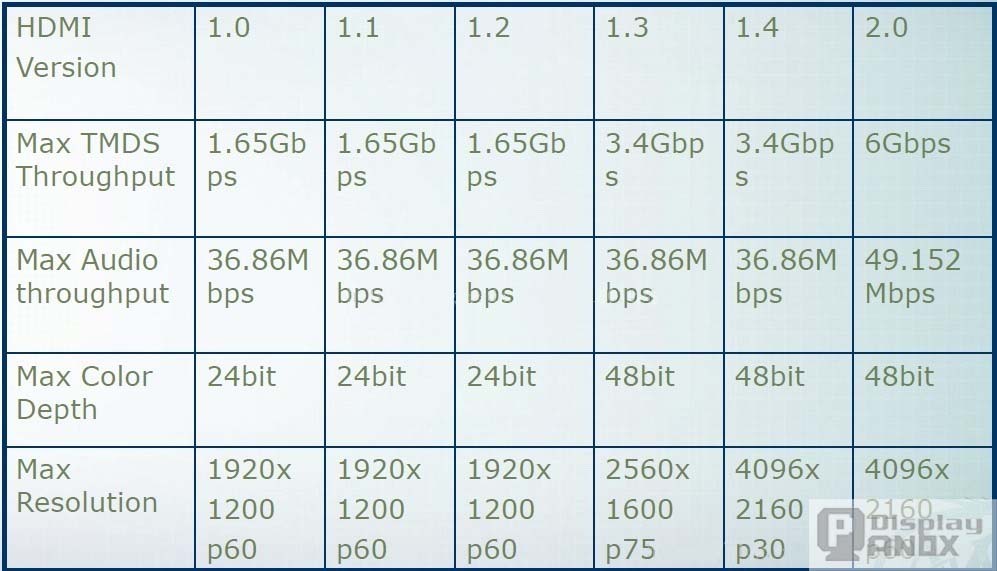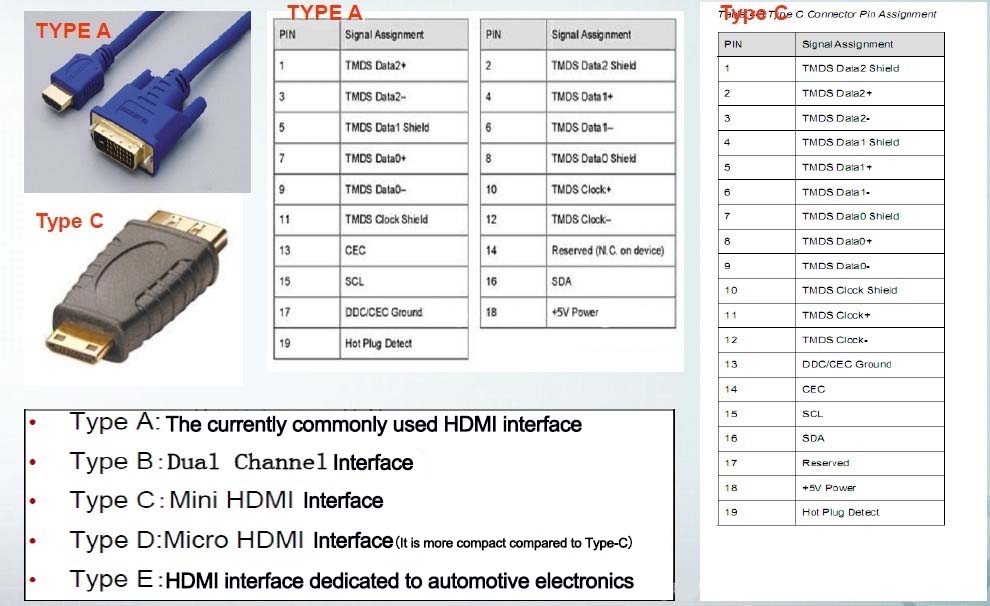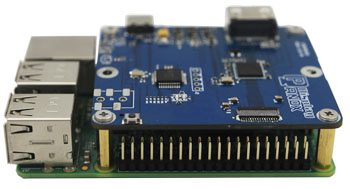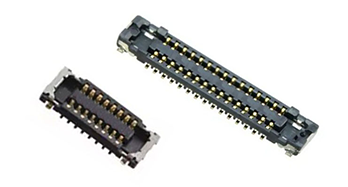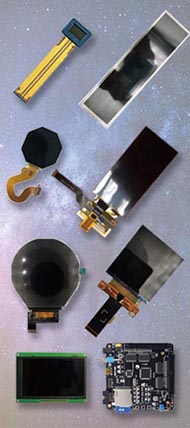This article provides a comprehensive overview of mainstream LCD display interfaces, with a special focus on the Serial vs Parallel RGB interface comparison. It also covers other popular technologies such as LVDS, MIPI, and HDMI. You'll learn about each interface’s characteristics, advantages, supported resolutions, and ideal application scenarios.
RGB Interface: Serial vs Parallel RGB
The RGB interface transmits image data using separate Red, Green, and Blue channels. Based on the transmission method, RGB interfaces are divided into two types: Serial RGB and Parallel RGB.
Understanding Serial vs Parallel RGB is key when selecting an interface for your display application:
a.Serial RGB transmits data sequentially using fewer signal lines, resulting in simpler wiring but typically lower resolution and slower data rates.
b.Parallel RGB transmits data across multiple lines simultaneously, allowing higher resolutions and faster data rates but requiring more wiring and higher power consumption.
Both interfaces typically use TTL (3.3V) level signals and require synchronization signals. Transmission distances are short, and resistance to interference is limited.
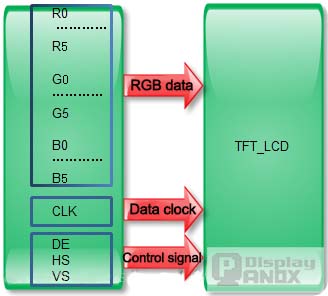
Serial RGB
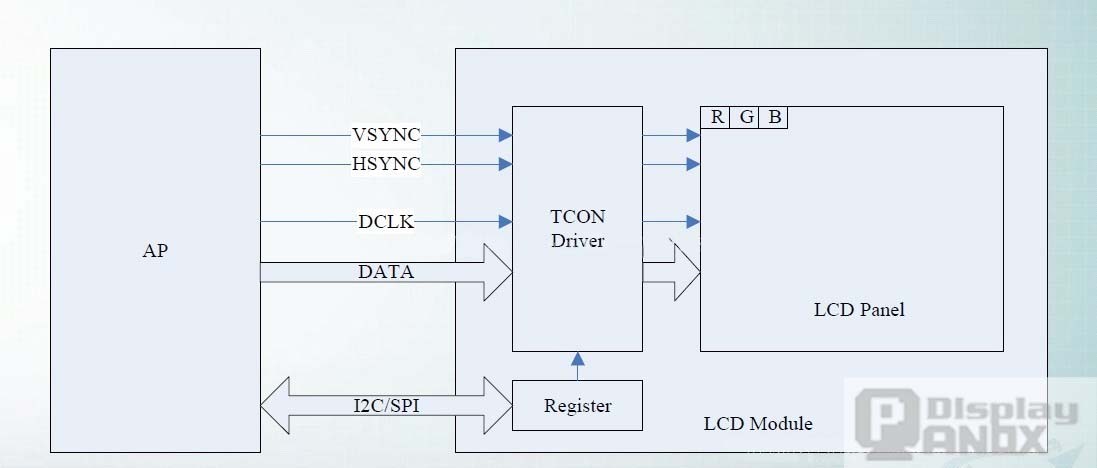
Supported resolution: 800 × 480
Supported clock frequency: 800 × 3 × 480 × 60 × 1.2 = 83 MHz
Parallel RGB
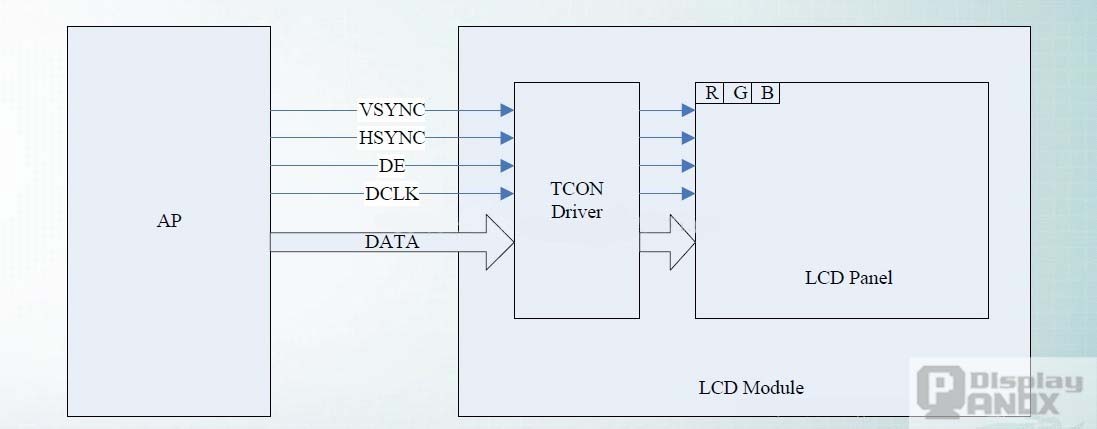
Supported resolution: 1920 × 1080
Supported clock frequency: 1920 × 1080 × 60 × 1.2 = 149 MHz
LVDS Interface
LVDS (Low Voltage Differential Signaling) is a low-voltage differential signal transmission interface. It was developed by National Semiconductor to address the high power consumption and EMI issues associated with transmitting wide-band, high-data-rate signals using traditional TTL-level methods.
LVDS transmits data over a pair of PCB traces or balanced cables using a very small voltage swing (~350 mV), allowing differential signal transmission. This enables data rates of several hundred Mbps with low noise and low power consumption. The strong resistance to interference makes LVDS well-suited for high-speed digital video signal transmission.
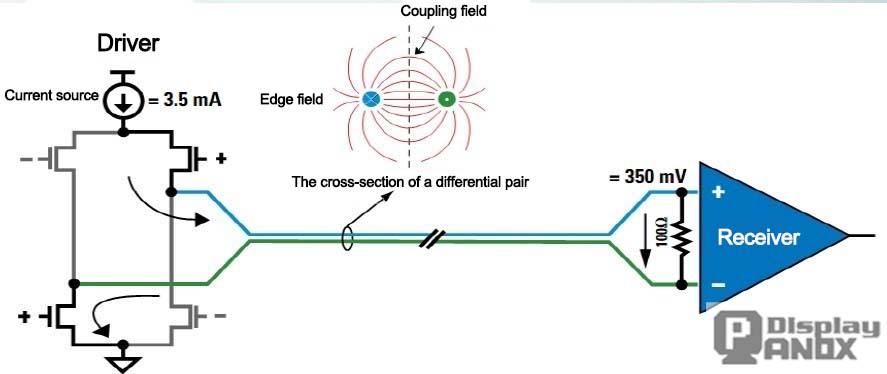
Differential Signal Diagram
Common LVDS interface types include:
a. Single-channel 6-bit LVDS
Transmits each color component using 6-bit data (18-bit RGB total), also known as 18-bit LVDS.
b. Dual-channel 6-bit LVDS
Transmits data using two channels. Odd and even channels each carry 18-bit RGB data (36-bit RGB total), also known as 36-bit LVDS.
C. Single-channel 8-bit LVDS
Transmits each color component using 8-bit data (24-bit RGB total), also known as 24-bit LVDS.
D. Dual-channel 8-bit LVDS
Transmits data using two channels. Odd and even channels each carry 24-bit RGB data (48-bit RGB total), also known as 48-bit LVDS.
Typical Resolution Support
a. Single-channel: 1280 × 800 @ 60Hz
1366 × 768 @ 60Hz
b. Dual-channel: 1920 × 1080 @ 60Hz
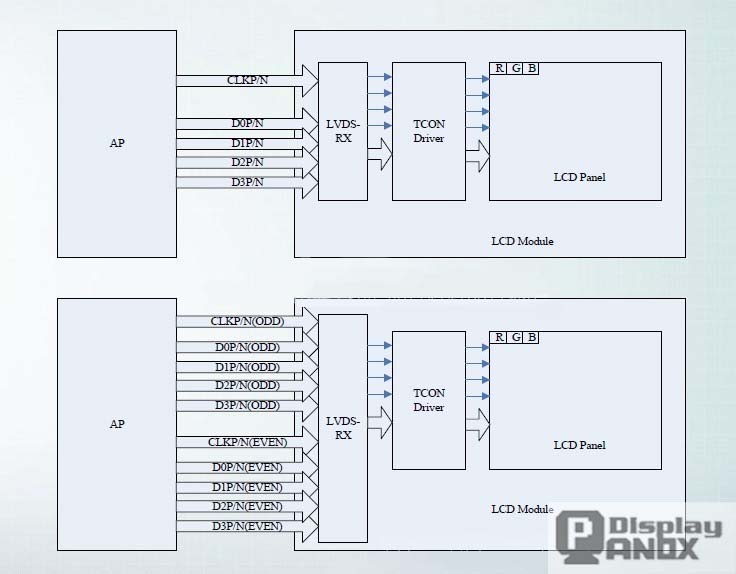
MIPI Interface
The MIPI (Mobile Industry Processor Interface) Alliance defines a set of standardized interfaces for mobile device components, including cameras, displays, baseband processors, and RF modules. This standardization increases design flexibility and helps reduce cost, design complexity, power consumption, and EMI.
For displays, the relevant protocol is DSI (Display Serial Interface), which supports high data rates up to 1 Gbps per lane and can achieve a total throughput of 4 Gbps using 4 lanes. MIPI uses low-voltage differential signaling to achieve low power consumption and high interference immunity.
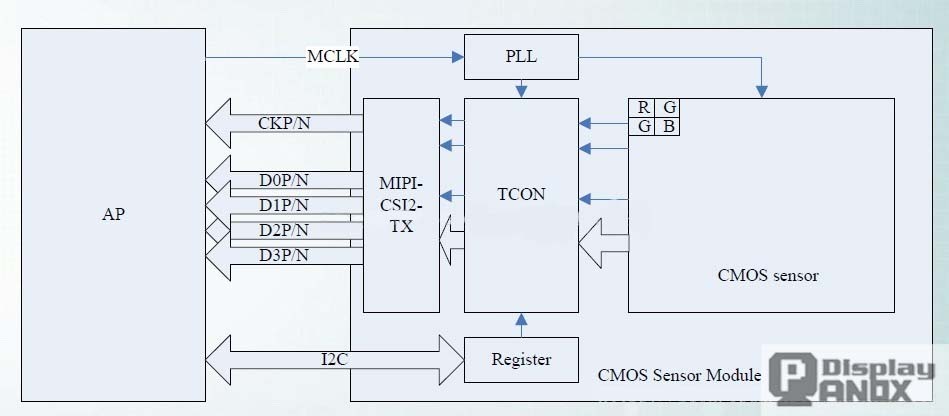
HDMI Interface
HDMI (High-Definition Multimedia Interface) can simultaneously transmit uncompressed video data and compressed/uncompressed digital audio data over a single cable.
